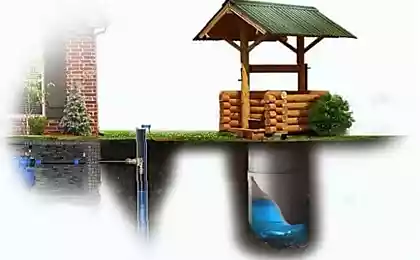1218
With the help of 3D-printer can print lock pick locks for most photos on the keyhole
Christian Holler, an expert on computer security in Mozilla, in his spare time enjoys the study of ways of breaking the locks. Recently he has developed an interesting technology to create master keys by using 3D-printer for which you only have a photo of the keyhole and know the model of the castle. Passepartout uses a popular hack of the most common, cylinder locks - Bumping. Up to 90% of door locks in the US can be opened by this method. Passkey for bumping should have the same profile as the original key. To open different locks need to have a set of master keys that correspond to them. One way to protect against bumping - creating keyholes very complex and unusual profile, as well as strict control of the spread of key blanks.
With the help of the program written by Holler Photobump, you can create a three-dimensional model of a skeleton key to the well of any profile, and print it on a 3D-printer. Information on the number and location of the pins of almost any lock can be found in the public domain. Strength nylon, which is used for printing Holler samples is enough for repeated opening of the lock. Christian Holler plans to make a presentation of its technology at the exhibition LockCon 2014 which will be held in the Netherlands on September 19-21. He is not going to lay out in the open access program Photobump, so it could not be exploited for a real break.

According Holler, manufacturers of locks it's time to pay attention to the opportunities that gives widespread 3D-printing and abandon the outdated methods of protection, such as complex profiles keys or limited access to the workpiece. Much more reliable, although technically more difficult, to improve the internal structure of the castle or supplement mechanical locks electronic methods of protection.
Source: habrahabr.ru/post/235379/
With the help of the program written by Holler Photobump, you can create a three-dimensional model of a skeleton key to the well of any profile, and print it on a 3D-printer. Information on the number and location of the pins of almost any lock can be found in the public domain. Strength nylon, which is used for printing Holler samples is enough for repeated opening of the lock. Christian Holler plans to make a presentation of its technology at the exhibition LockCon 2014 which will be held in the Netherlands on September 19-21. He is not going to lay out in the open access program Photobump, so it could not be exploited for a real break.

According Holler, manufacturers of locks it's time to pay attention to the opportunities that gives widespread 3D-printing and abandon the outdated methods of protection, such as complex profiles keys or limited access to the workpiece. Much more reliable, although technically more difficult, to improve the internal structure of the castle or supplement mechanical locks electronic methods of protection.
Source: habrahabr.ru/post/235379/























